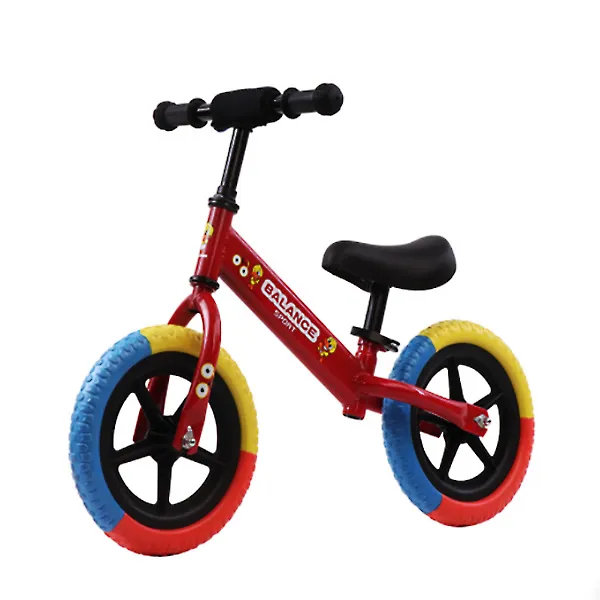
- Afrikaans
- Albanian
- Amharic
- Arabic
- Armenian
- Azerbaijani
- Basque
- Belarusian
- Bengali
- Bosnian
- Bulgarian
- Catalan
- Cebuano
- Corsican
- Croatian
- Czech
- Danish
- Dutch
- English
- Esperanto
- Estonian
- Finnish
- French
- Frisian
- Galician
- Georgian
- German
- Greek
- Gujarati
- Haitian Creole
- hausa
- hawaiian
- Hebrew
- Hindi
- Miao
- Hungarian
- Icelandic
- igbo
- Indonesian
- irish
- Italian
- Japanese
- Javanese
- Kannada
- kazakh
- Khmer
- Rwandese
- Korean
- Kurdish
- Kyrgyz
- Lao
- Latin
- Latvian
- Lithuanian
- Luxembourgish
- Macedonian
- Malgashi
- Malay
- Malayalam
- Maltese
- Maori
- Marathi
- Mongolian
- Myanmar
- Nepali
- Norwegian
- Norwegian
- Occitan
- Pashto
- Persian
- Polish
- Portuguese
- Punjabi
- Romanian
- Russian
- Samoan
- Scottish Gaelic
- Serbian
- Sesotho
- Shona
- Sindhi
- Sinhala
- Slovak
- Slovenian
- Somali
- Spanish
- Sundanese
- Swahili
- Swedish
- Tagalog
- Tajik
- Tamil
- Tatar
- Telugu
- Thai
- Turkish
- Turkmen
- Ukrainian
- Urdu
- Uighur
- Uzbek
- Vietnamese
- Welsh
- Bantu
- Yiddish
- Yoruba
- Zulu
Sep . 23, 2024 20:10 Back to list
How to Properly Adjust a Mountain Bike Derailleur for Optimal Performance
Adjusting a Derailleur on a Mountain Bike
Maintaining your mountain bike is essential for optimal performance, and one crucial aspect is adjusting the derailleur. The derailleur is responsible for shifting the chain between gears smoothly. If it's not properly adjusted, you may experience skipping, missed shifts, or even damage to your drivetrain. Here’s a straightforward guide on how to adjust a derailleur effectively.
Understanding the Derailleur
Before diving into the adjustment process, it’s important to understand the components of the derailleur. The derailleur consists of two main parts the front derailleur, which shifts the chain among the front chainrings, and the rear derailleur, which moves the chain across the rear cassette. Each derailleur has limit screws and a tension adjustment screw, which regulate its movements.
Tools You’ll Need
To adjust the derailleur, gather the following tools a Phillips screwdriver, a 2 mm Allen wrench, and a bike stand (or a stable surface to work on). Having a clean and well-lit working area will make the process smoother.
Step-by-Step Adjustment Process
adjusting a derailleur on a mountain bike

1. Inspect the Derailleur Before making adjustments, check for any visible damage or excessive wear on the derailleur, chain, and cassette. Ensure that the derailleur hanger is straight; if it’s bent, it will need to be realigned.
2. Set the Limit Screws The limit screws control the outermost and innermost positions of the derailleur. Shift into the smallest chainring (front) and the largest cog (rear). Locate the high limit screw (usually marked with an “H”) and adjust it so that the derailleur does not move the chain beyond the smallest cog. Repeat the process for the low limit screw (marked with an “L”) in the largest chainring and smallest cog. The derailleur should shift smoothly without overshooting.
3. Adjust the Cable Tension With the limit screws correctly set, focus on cable tension. Pull the derailleur down manually and shift to the next gear. If the chain doesn’t move, increase the cable tension. You can do this by turning the barrel adjuster on the derailleur or shifter. Make tiny adjustments and repeatedly shift while checking the chain’s movement.
4. Fine-Tuning Shift through all the gears to ensure each transition is crisp and without skipping. If you’re experiencing hesitation or noise, additional adjustments to the cable tension or limit screws may be necessary.
5. Test Ride Once you feel satisfied with the adjustments, take your bike for a short test ride. Pay close attention to how smoothly the gears shift under load. If you notice any issues, go back and make final tweaks.
Conclusion
Properly adjusting your derailleur can significantly enhance your riding experience, allowing for seamless shifting and improved performance on the trails. Regular maintenance and checks will not only prolong the life of your components but will also ensure a safer and more enjoyable ride. Whether you are a novice or an experienced cyclist, understanding how to adjust your derailleur is an invaluable skill that will serve you well on your mountain biking adventures. Happy riding!
-
The Ultimate Kids' Four-Wheeler Experience
NewsJul.09,2025
-
The Ultimate Guide to Mountain Bikes: Gear Up for Your Ride
NewsJul.09,2025
-
The New Age of Cycling: Electric Bikes for Every Rider
NewsJul.09,2025
-
The Best Kids Bicycles: Ride in Style and Safety
NewsJul.09,2025
-
The Best 3-Wheel Scooters for Kids: Fun, Safety, and Adventure
NewsJul.09,2025
-
Revolutionize Your Ride: Affordable Electric Bikes
NewsJul.09,2025
-
Finding the Perfect Mountain Bike for Every Rider
NewsJul.09,2025



